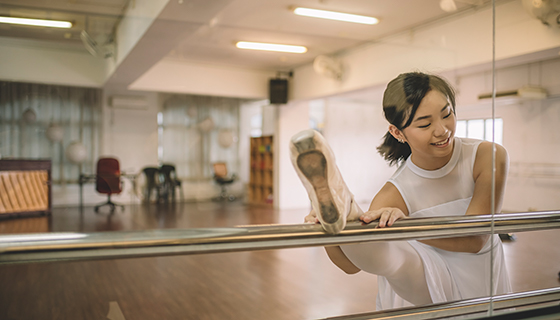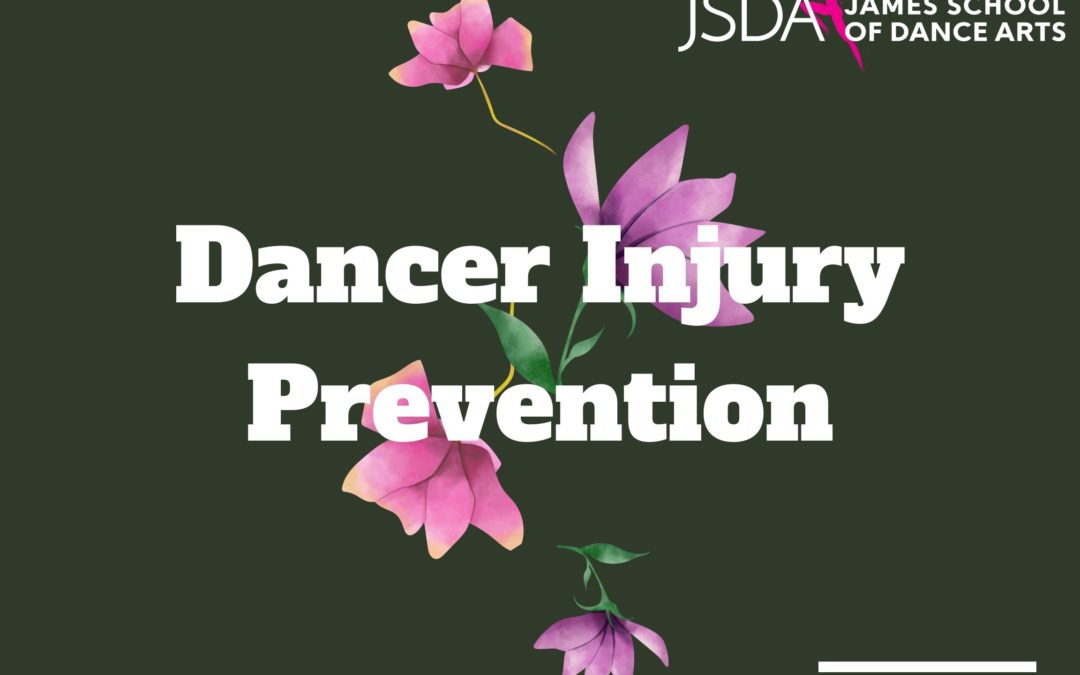Introduction
Contemporary dance is a physically demanding art form that requires strength, flexibility, and control. As dancers push their bodies to the limits, the risk of injury increases. However, with proper injury prevention strategies and effective recovery techniques, dancers can minimize the chances of getting injured and ensure a long and successful career. This article explores various methods and practices that contemporary dancers can incorporate into their training to prevent injuries and recover effectively.
1. Warm-up and Cool-down

Before starting any dance practice or performance, it is crucial for dancers to warm up their bodies. A warm-up routine should include dynamic stretches, joint mobilization exercises, and light cardiovascular activities. Similarly, cooling down after intense dance sessions helps the body gradually return to its resting state, reducing the risk of muscle soreness and injury.
2. Strength and Conditioning
Building strength and conditioning is essential for dancers to support their bodies and prevent injuries. Incorporating exercises that target core stability, leg strength, and upper body strength can improve overall body control and reduce the risk of strain or sprains. Strength training should be done under the guidance of a qualified instructor to ensure proper technique and prevent overexertion.
3. Flexibility and Stretching
Contemporary dancers require a high level of flexibility to execute various movements. Regular stretching exercises, both static and dynamic, can improve flexibility and prevent muscle imbalances. It is important to stretch all major muscle groups, paying special attention to areas prone to tightness, such as the hips, hamstrings, and shoulders.
4. Proper Technique
Adopting and maintaining proper technique is crucial for injury prevention in contemporary dance. Dancers should focus on alignment, posture, and body mechanics to avoid unnecessary strain on joints and muscles. Regular technique classes and feedback from instructors can help dancers refine their movements and reduce the risk of injury.
5. Rest and Recovery
Rest and recovery are vital components of injury prevention for dancers. Overtraining and pushing through fatigue can lead to overuse injuries and burnout. Dancers should prioritize getting enough sleep, taking regular rest days, and listening to their bodies. Incorporating relaxation techniques such as yoga.
Summary
Contemporary dancers face unique challenges when it comes to injury prevention and recovery. The nature of their art form requires them to constantly push their bodies to new limits, which can lead to overuse injuries, muscle strains, and joint problems. To mitigate these risks, dancers must adopt a comprehensive approach that includes proper warm-up and cool-down routines, cross-training exercises, and regular rest and recovery periods.
One of the key aspects of injury prevention for contemporary dancers is maintaining a strong and flexible body. Regular strength training exercises, such as Pilates or resistance training, can help dancers build the necessary muscular support to withstand the demands of their performances. Additionally, incorporating stretching and flexibility exercises into their daily routine can improve range of motion and reduce the risk of muscle strains.
Another important aspect of injury prevention is proper technique and alignment. Dancers should work closely with their instructors to ensure they are executing movements correctly and using their bodies in a safe and efficient manner. This includes paying attention to alignment, posture, and body mechanics during rehearsals and performances.
Despite taking all necessary precautions, injuries can still occur. In such cases, it is crucial for dancers to prioritize their recovery and seek appropriate medical attention. Rest, ice, compression, and elevation (RICE) are commonly used techniques for acute injuries, while physical therapy and rehabilitation exercises can aid in the healing process. Dancers should also listen to their bodies and avoid pushing through pain, as this can exacerbate the injury and lead to long-term damage.
In conclusion, injury prevention and recovery should be a top priority for contemporary dancers. By adopting a holistic approach that includes proper warm-up and cool-down routines, strength training, technique refinement, and rest and recovery periods, dancers can minimize the risk of injuries and ensure a long and successful career in the world of contempora try these out ry dance.
- Q: How can contemporary dancers prevent injuries?
- A: Contemporary dancers can prevent injuries by warming up properly before each rehearsal or performance, maintaining a strong and flexible body through regular conditioning exercises, using proper technique and alignment, and listening to their bodies to avoid overexertion.
- Q: What should dancers do to recover from an injury?
- A: To recover from an injury, dancers should seek professional medical advice and follow a rehabilitation plan tailored to their specific injury. This may include rest, physical therapy, targeted exercises, and gradually returning to dance under the guidance of a healthcare professional.
- Q: Are there any specific exercises that can help prevent injuries?
- A: Yes, there are several exercises that can help prevent injuries in contemporary dancers. These include strengthening exercises for the core, legs, and ankles, stretching exercises to improve flexibility, and exercises that focus on balance and stability.
- Q: How important is proper technique in injury prevention?
- A: Proper technique is crucial in injury prevention for contemporary dancers. It ensures that the body is aligned correctly, reducing the risk of strain or overuse injuries. It also helps dancers move efficiently and effectively, minimizing the chances of accidents or falls.
- Q: What are some common injuries that contemporary dancers may experience?
- A: Contemporary dancers may experience injuries such as sprained ankles, knee strains, muscle strains or tears, shin splints, and stress fractures. It is important to address these injuries promptly and seek appropriate medical attention.

Welcome to Zane Bourke’s Dance Studio, a haven for all dance enthusiasts and creative souls. As the proud owner of this vibrant establishment, I am thrilled to share my passion for contemporary dance, culinary delights, art, and craft with you.

